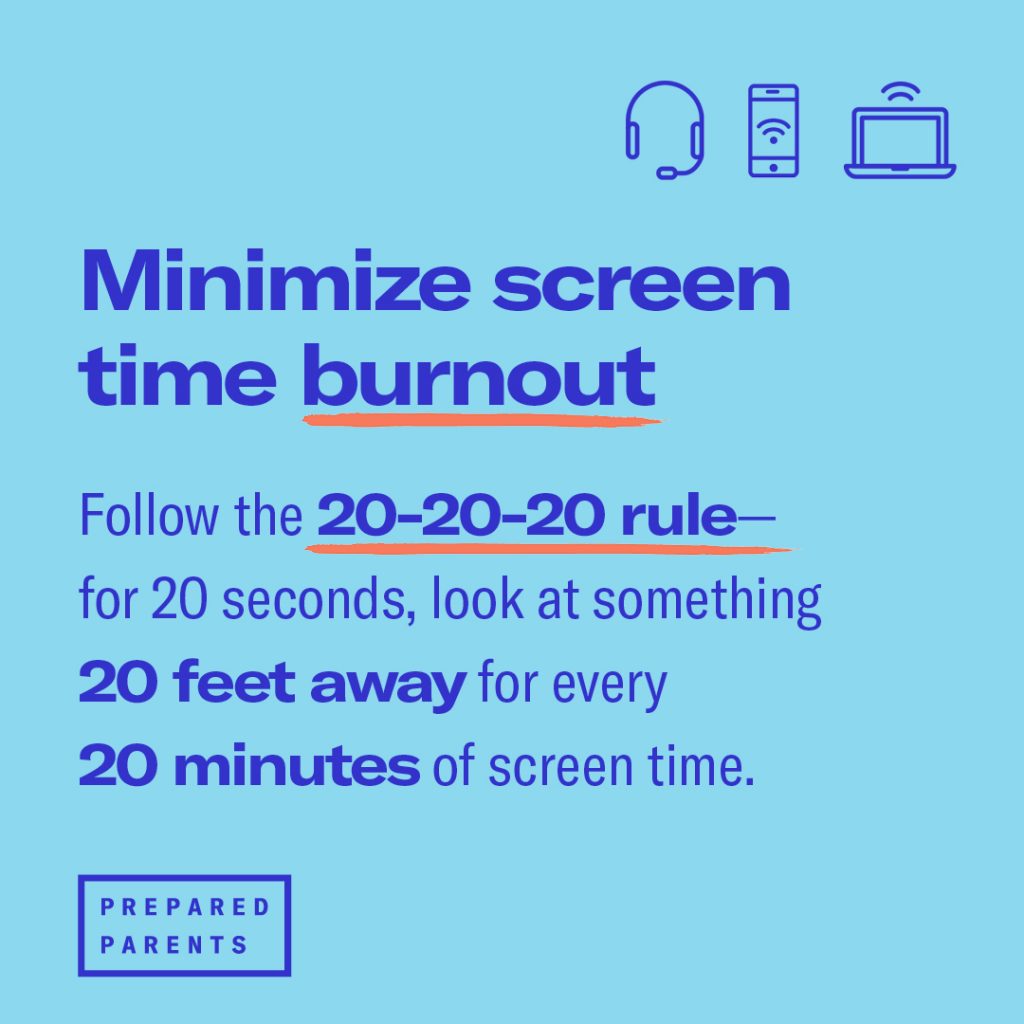Video conferencing has become the new normal. The COVID-19 pandemic forced us online. Work, school, health—even religious services went virtual, and our way of interacting with others may never be the same.
While the changes brought by the need to distance have been beneficial in some ways, “Zoom burnout” is now a real thing. Video conferencing can zap our energy, make us physically uncomfortable, and hurt our eyes. However, careful strategies can help us combat the burnout caused by too much time online.
So, why do we feel so tapped out by Zoom?
- Our brains don’t recognize that socializing online is different from work, so we’re exhausted and stressed out from endless meetings.
- It also takes more energy to hang out with people through video because it requires us to focus more than when we were in person.
- We need to pay close attention to process non-verbal cues like facial expressions, tone of voice, and body language.
- Then there are those annoying technology glitches. They negatively impact us as one 2014 study showed. Even a delay of 1.2 seconds makes people perceive unfriendliness or lack of focus.
- Zoom conferences are like stage shows. We feel like we’re expected to perform and that’s a lot of pressure.
A lot about how we perceive ourselves is based on our social interactions. The self-complexity theory explains that positive interactions elicit positive feelings, so if we negatively experience our online connections, we’re not going to feel too good about ourselves.
Interestingly, the impact of video conferencing is not the same on our kids. They don’t engage as fully as adults.
“My students may show me a corner of their eyebrow so I know they’re in virtual class, but they’re not like us. We give a full view of our faces. They just pop up occasionally to ask a question or show me they’re paying attention. It’s the same way they use Snapchat.”
-Amy Schwan, Prepared Parent and teacher
Marc Prensky, founder and executive director of The Global Future Education Foundation and Institute, explains that’s because our kids are digital natives. They’ve been connected to technology their entire lives, which is why they’re adept at multitasking and they like to receive information really fast. So, while it may drive you crazy that your kid is doing homework, and watching a video on YouTube all at the same time, it’s second nature to them.
Even in the best of times, kids—especially teens—connect to each other online. According to the Pew Research Center, close to half of American teens are plugged in almost constantly.
So, while this is not the time to enforce strict screen time rules, we can combat the burnout with these useful strategies:
Designate space for work and school
Having a designated space for video conferencing helps mark a separation between work life and home life. Use a space usage plan to set up work/school zones. At the end of the day, shut down the work space and give it back to family time.

Adopt the 20-20-20 rule
To reduce eye strain the American Optometric Association recommends taking 20 seconds to look at something 20 feet away for every 20 minutes of screen time.
Practice mindfulness
If Zoom classes and conferences are causing anxiety, take a few moments to just breathe. This is a one-to-one activity, so pair up with your kid, or if you have more than one child, pair them up.
Turn off the video function
Give your eyes some reprieve by reverting back to audio-only communications, even if you’re on a video call.
Take breaks
Get up. Walk around. Try a few yoga poses, or a quick jog around the block. Eat a healthy, energizing snack before signing back on.
Find alternative ways to connect with family and friends
- Maximize short bursts of time together.
- Make the dinner table a screen-free zone and have a conversation.
- Read a book out loud together.
- Write letters by hand. These will become a precious record of the history we’re living right now.
Get a good night’s sleep
Don’t let screens and phones distract you from a solid 8 hours of sleep. After you’ve sent everyone off to bed with a nightly check out, recharge devices in a central location away from the bedrooms.
For as long as video conferencing is part of our lives, these tips should help make that new normal less exhausting.

